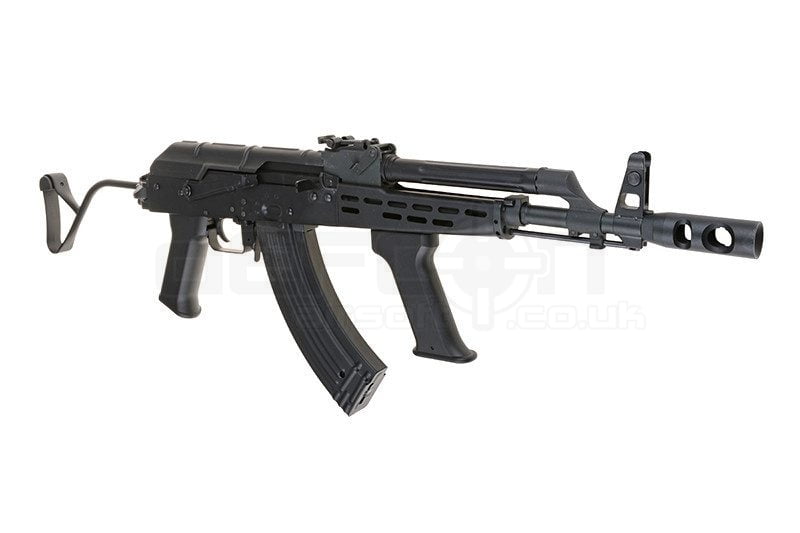
Hunting guns wear out from the outside in. Target guns wear out from the inside out. Just about any gun can handle low volume usage like that for years on end. Most hunters would consider themselves extraordinarily fortunate to fire a flat of ammo in the field. He uses this gun for considerable target shooting, so it has many, many more rounds through it than a hunting gun would. A friend has such a gun and he just taps the insert down and continues.

The only failures I’ve seen on the aluminum receivered Citoris has been that the steel breech face insert has occasionally come loose and worked it’s way up a bit. The aluminum just carries the steel parts.

All the aluminum O/Us I’m familiar with have steel hinge pins or trunnions, steel locking lugs and a steel breech face insert. In O/Us, particularly those used for hunting, I don’t think that an aluminum receiver is a durability issue either if the receiver is well designed. Beretta, currently the best of the gas autos, has an aluminum receiver and has very few receiver failures. Remington gas guns have always had steel receivers and the 1100 has been plagued with receiver cracks aft of the bolt relief cut. Substituting aluminum for steel can save a lot of weight and allow you more flexibility in how the rest of the gun is designed.

Semi-autos, with their very long and potentially heavy receivers, are a case in point. I think that aluminum receivers have their place in certain guns. Want light Quail gun that will be acceptable for next generation as I am 63. I am also open to suggestions and would appreciate any you may have. How important are aluminum receivers? Can you comment on difference In Franchi Veloce and Browning Citori if difference is important.


 0 kommentar(er)
0 kommentar(er)
